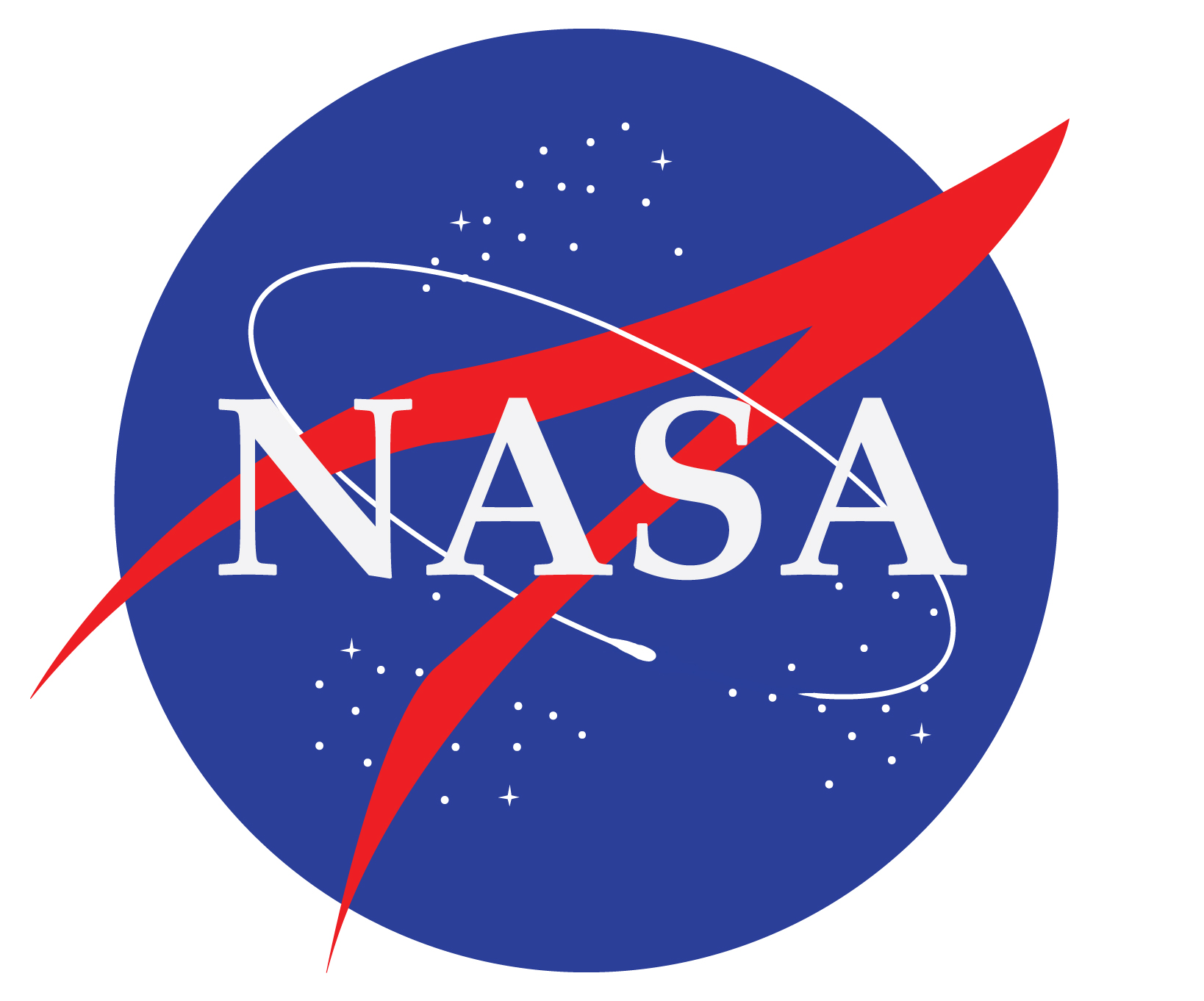There has been a lot of discussion in the media lately with respect to whether we should create a colony on the Moon first or send missions to explore and colonize Mars first. We have billionaires such as Elon Musk who are dedicated to getting human beings to Mars. National space programs have sent a lot of robot probes to Mars with a U.S. probe landing just a few days ago. However, recent announcements of space-faring nation suggest that the Moon will be getting a lot of attention that Mars in the near future.
Jim Bridenstine is the NASA Administrator. He says that the U.S. will have a continuous manned presence on the Moon within ten years. This lunar presence will help lay the groundwork for future missions to Mars. In a recent interview, he said, “Right now we’re building a space station, we call it ‘Gateway,’ that’s going to be in orbit around the moon — think of it as a reusable command module where we can have human presence in orbit around the moon. From there we want reusable landers that go back and forth to the surface of the moon. We think we can achieve this in about 10 years, the idea being prove the capability, retire the risk, prove the human physiology and then go on to Mars.”
In his interview with the Rising TV show, he revealed details of NASA’s plan to collaborate with nine U.S. commercial space firm to travel to the Moon. He said that he hopes that the creation of a commercial marketplace called the Commercial Lunar Payload Services Program (CLIPS) will help stimulate innovation in the exploration and exploitation of space. One of the goals of CLIPS is to develop technology that can be used to create the continuous presence on the Moon mentioned above.
Bridenstine also said in the interview, “At the end of the day, what we’re doing is we’re going to buy services where we’re going to have multiple companies competing on cost and innovation to deliver payloads to the surface of the moon — right now we’re just talking about scientific instruments, not large payloads, but building the capability that then feeds forward to larger landers that would include humans.”
U.S. President Donald Trump has issued the Space Policy Directive which calls for a manned return to the Moon. Bridenstine says that the importance of the Trump policy directive lies its support for building a sustainable and continuing presences on the Moon in the next ten years.
The Moon is much closer to the Earth than Mars. The Moon is always on the same side of the Sun as the Earth while the distance to Mars makes huge changes as the planets whirl about the Sun. The Earth and Mars are only aligned on the same side of the Sun every twenty-six months. This means that current planning for Mars missions will have to allow for astronauts to spend two years on Mars after they land before they can return to Earth.
Bridenstine says, “The moon represents a proving ground, it’s the way we can reduce risk, we can prove technology, we can prove human physiology, we can develop the capabilities to utilize the resources of the moon to survive on the surface of the moon and then we take all of those capabilities and we replicate them at Mars. This week we landed on the surface of Mars. It’s the eighth time in the history of humanity that anyone has landed on the surface of Mars softly with a mission that’s capable of carrying forward.”
